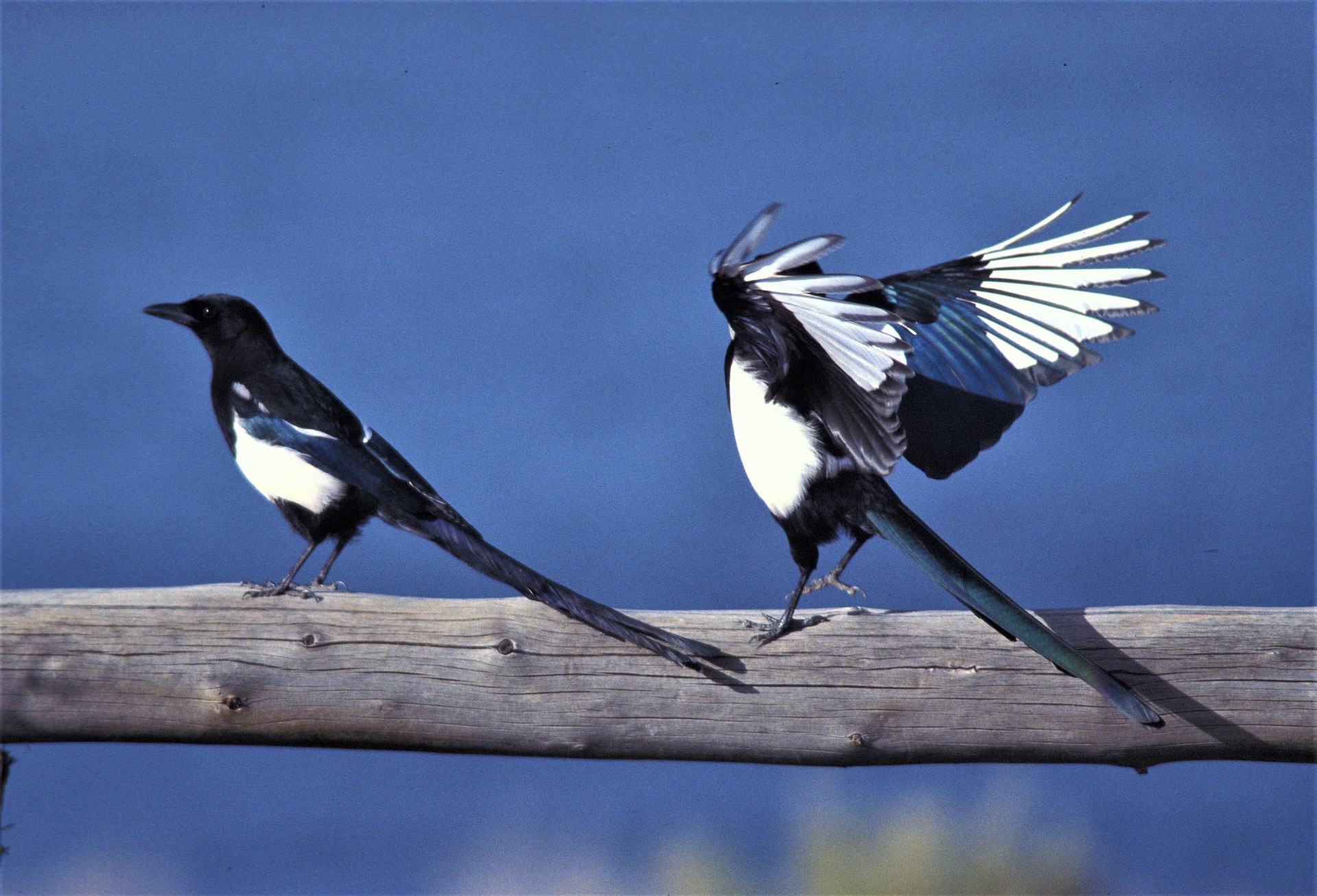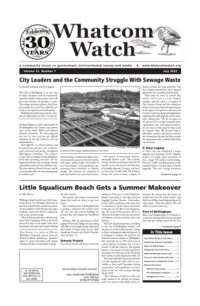by Joe Meche
The Methow River is a tributary of the Columbia River in north central Washington. Its watershed is in mostly pristine habitats and wilderness areas, so a cleaner free-flowing river would be hard to find. With recreation and tourism driving the economy, the Methow faces no threats from industrial uses in its entire length. One of its main tributaries is the Chewuch River, with its confluence just downstream from downtown Winthrop. The Methow continues downstream past the town of Twisp, where it is joined by the Twisp River and continues its clear flow to the Great River of the West, the Columbia, at Pateros.
The beauty of the entire valley is at its finest depending on the season you might favor. Spring and fall are best to witness the contrasting colors that frame the mostly brown and arid summer months. Mountain biking is one of the more popular pursuits in the warmer months, while significant snowfall adds a beautiful touch and a wide range of opportunities for winter sports. Access to the valley from the west side of the mountains is closed for almost six months due to heavy snows at Washington Pass on Highway 20, better known as the North Cascades Highway. There are many of us on the west side who anxiously await the reopening of the pass in May.
While it might seem redundant to some, returning to the Methow Valley in spring has become a most pleasant tradition for us. From our first trip together in 1992 to our most recent in 2022, we’ve always looked forward to the opening of the North Cascades Highway, our gateway to the other side. This is the official first sign of spring for us. We plan ahead and reserve a spot to serve as our base, usually the weekend before the Memorial Day holiday weekend. We do the same routine in fall for the weekend after the Labor Day holiday. If you see a pattern here, that’s because we have a theme. We go before and after the big holidays and that usually means fewer people and more elbow room.
A perfect campsite at Pearrygin Lake State Park served as our base of operations, as it has on past trips. There’s a lot to be said about wilderness camping, speaking from personal experience. At the same time, there’s a lot to be said about the availability of a hot shower and a reading lamp to end a good day with birds and kayaks. A good routine is never a rut, as long as you have control over the situation. Call it the best of both worlds, if you will.
We’ve progressed over the years to our current pop-up camper that suits us just fine. When you consider the evolution from the two-person tent we started in way back when, we’re feeling a bit of luxury. As we walk around the campgrounds to see how others seem to have brought their living rooms with them, we smile and promise to never go that far astray. It’s nice to feel closer to the outdoors and hear the night birds like common poorwills and great horned owls, as well as the morning chorus when the day shift takes over.
From our cozy base, we relax and plan a few activities for the days ahead, adding a bit of flexibility at all times. On this most recent trip, Priority One was to get the kayaks in the water to enjoy the calm before everyone else discovered that the sun had come up one more time. Last time we were there, whitecaps ruled the days and kept us to alternative plans, which are always pleasant in their own right. It’s not always sunny on the east side, so we plan our day around whatever the weather decides to do. Coffee shops and bookstores are perfect additions to a good camping trip that isn’t affected by the whims of weather.
On our first full day after a morning paddle, we took the scenic road around Patterson Lake to Sun Mountain above Winthrop. The views from the top take in the entire upper reaches of the Methow Valley. The real draw here, however, is the Beaver Pond, known to most birders as a must-stop location. Bird numbers were low, as it seems they have been everywhere. We were taken aback to see how close last year’s fires came to this special place. The aspen groves around the north end were torched, making for a foreboding feeling. Equally sad was to see that the tree that held a perennial osprey nest had toppled in strong winds the previous year. The good news is that the ospreys are back and have reestablished a new nest in what appears to be a stronger tree. We saw the female sitting in the nest while her mate was perched close by.
Campbell Lake is one of many pocket lakes high above the valley floor. Any of these small lakes have the potential for nesting birds like American coots and a variety of waterfowl that we usually see on the west side during the winter months. I’m always impressed to see these birds and think of them migrating over the Cascades to nest this far removed from salt water. Passerine species like Bullock’s orioles and white-breasted nuthatches also nest along the lake shore. Black-billed magpies and several woodpecker species are frequent sightings along the connecting roads from the valley.
Just past the lake is the entrance to Pipestone Canyon, an enchanting place that has to be witnessed firsthand. It’s considered by many to be the state’s most unusual canyon, given the columns that line the 1,500-foot-high canyon walls. Known as hoodoos, these spectacular formations date back to the Ice Age. They were formed when the ice around Campbell Lake melted and created the gorge as the water sought lower ground. If you’re interested in hiking, you have the option of taking a trail on the rim or one that follows the valley floor. Great birds and butterflies in season, but keep your eyes and ears open … warmer weather brings out the rattlesnakes!
Just up the road from our base at Pearrygin is Sullivan Pond, an oasis for birds that we discovered years ago. If the rainfall and snowpack have been significant enough to fill this natural catchment basin, numerous wetland nesting birds are on-site. With the surrounding Ponderosa and aspen groves, the habitat is ideal for passerine species like white-breasted nuthatches and western tanagers. Most notable at the pond are yellow-headed blackbirds, soras, and white-headed woodpeckers. The forested groves surrounding the pond are delightful to meander through in search of birds and other wildlife.
As it is on the good trips, you always hate to leave, but there is one trick for the last day. If you have a specific checkout time, strike camp early and then take your kayaks down for one more paddle. Unless you have pressing engagements at home, bide a while and watch the incredible osprey action on the lake. The presence of ospreys is usually a good indicator of the health of the body of water where they choose to nest. Pearrygin usually has one or two nesting pairs, so look for them when you go.
_______________________
Joe Meche is a past president of the North Cascades Audubon Society and was a member of the board of directors for 20 years. He has been watching birds for more than 60 years and photographing birds and landscapes for more than 40 years. He has written over 200 columns for Whatcom Watch.






























